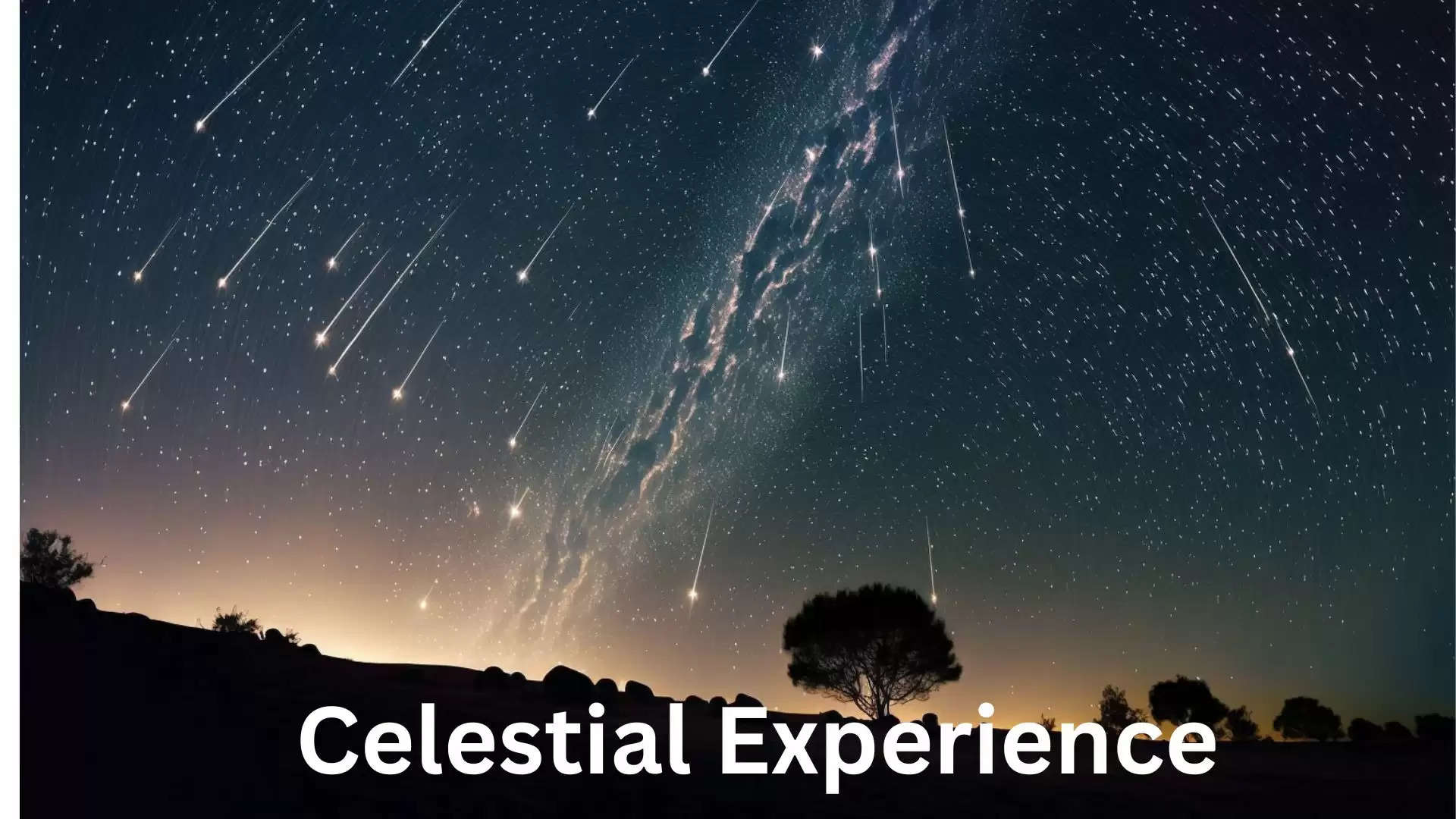Get Ready for Dazzling Meteor Showers on Jan. 3-4
The Quandrantids will light up the sky in India producing up to 120 meteors per hour at its peak and making it one of the most significant astronomical events of the year; will be visible in the early hours and from open spaces away from the city
Udaipur, December 31, 2024 - Moving on from fireworks on the grounds on December 31, we will get to see fireworks in the sky in the new year. According to the Indira Gandhi Planetarium, Lucknow, the new year will witness a spectacle of falling meteors in the sky, which will be visible in India as well . This celestial event began on December 27 but will peak around January 3-4, 2025.
A meteor shower occurs when particles left behind by a comet or asteroid enter the Earth's atmosphere leading to colourful streaks of light to appear in the sky. There are four meteor showers each year - Quadrantids, Lyrids, Leonids and Ursids. What we will witness in January will be the Quadrantids.
Quandrantids are considered to be one of the best annual meteor showers and are special for their intense peak and frequent bright fireballs.
Currently active, the Quadrantids will continue till January 16, 2025. However, its peak time will be on the night between January 3, and 4 in India. During this period, one can see between 18-20 meteors per hour. According to NASA, the Quadrantids could produce up to 120 meteors per hour at its peak, making it one of the most significant astronomical events of the year.
The meteors will be most visible in the early hours of the night and early morning hours just before dawn, away from city lights and in open spaces. The best view will be from open areas with clear skies.
According to NASA, while most meteor showers originate from comets, but this one comes from the 2003 EH1 asteroid, which could be a "dead comet" or a "rock comet.”
The name Quadrantids originates from the constellation Quadrans Muralis which was introduced by French astronomer Jerome Lalande in 1795. The constellation is now considered defunct and has since been removed from the International Astronomical Union's list of recognised constellations.
To join us on Facebook Click Here and Subscribe to UdaipurTimes Broadcast channels on GoogleNews | Telegram | Signal



